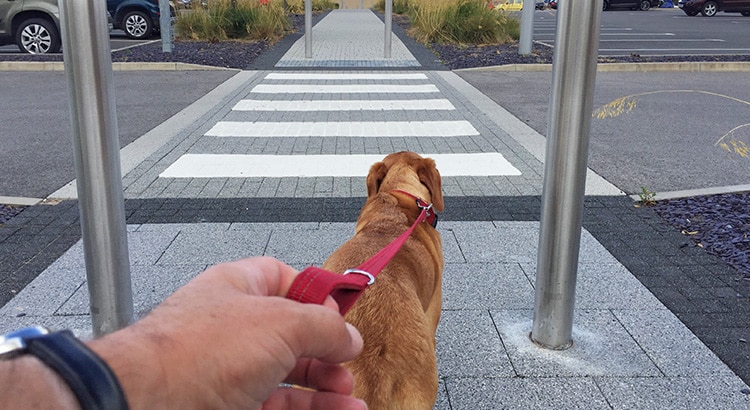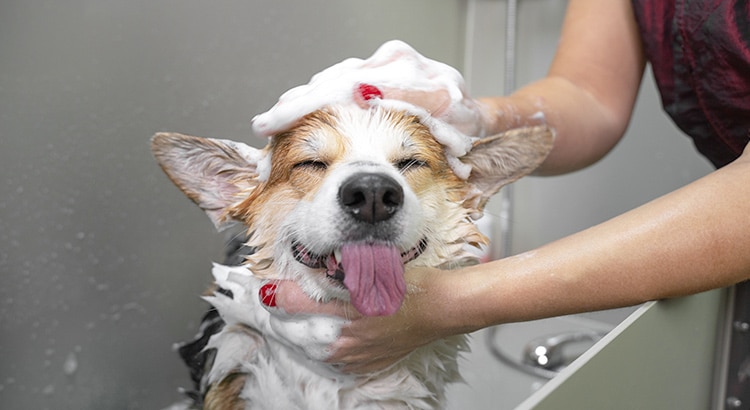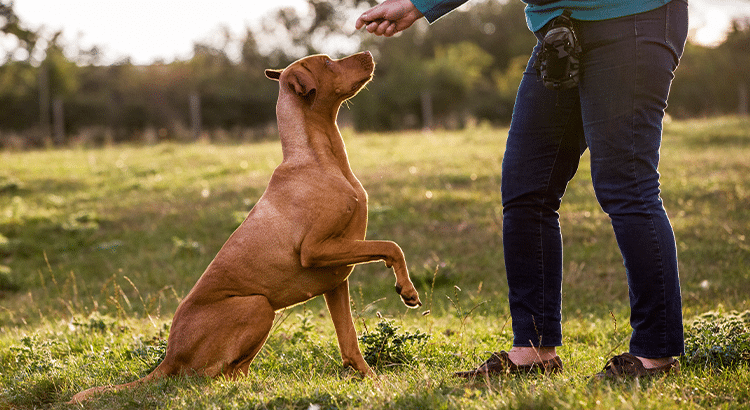
Walking your dog on a leash is a great way to bond with your pet and provide them with exercise and stimulation. However, many dog owners struggle with the issue of a dog pulling on a leash. Not only is it frustrating, but it can also be dangerous for both you and your dog. Fortunately, there are several methods that can help you teach your dog to walk calmly on a leash without pulling.
Tip 1: Front Clip Harness
One of the most effective methods for preventing dog pulling on a leash is to use a front-clip harness. This type of harness attaches the leash to the front of the dog’s chest, rather than the back. This allows you to steer your dog’s direction more easily and discourage pulling. When your dog pulls, the harness will cause them to turn towards you rather than continuing to pull forward. This helps to redirect their focus and make it clear that pulling is not acceptable behavior.
Tip 2: Positive Reinforcement
Another method to discourage dog pulling on a leash is to use positive reinforcement techniques. This means rewarding your dog with treats or praise when they walk calmly on a leash. Consistency is key, every time the dog pulls, stop and wait for it to stop pulling before continuing the walk. This will help the dog understand that pulling results in the walk stopping and calm walking results in the walk continuing.
Tip 3: Train a “Heel” Command
Another effective method is to train a “heel” command. This means teaching your dog to walk calmly at your side, rather than in front of you. This can be achieved through consistent training and rewards for good behavior. Start by standing still and hold a treat close to your leg, when the dog comes close to your leg give the treat and the command “heel” or “let’s go”. Repeat this process and gradually increase the distance you walk. Over time, your dog will learn to walk by your side without pulling.
Tip 4: Gentle Lead
You can also try using a head collar to prevent a dog pulling on a leash. This type of collar gently guides the dog’s head and prevents pulling. They work by redirecting your dog’s focus and giving you more control over their movements.
Tip 5: Owner’s Patience
It’s important to remember that a dog pulling on a leash is a natural behavior, so it may take time and patience to teach them not to pull. Seek the help of a professional dog trainer if you are having trouble. A professional will be able to evaluate your dog’s behavior and provide you with personalized training strategies that will work best for your pet.
Tip 6: Consistency
Teaching your dog not to pull on a leash is an important step in ensuring that your walks are safe and enjoyable for both you and your pet. By consistently using a front-clip harness, positive reinforcement techniques, training a “heel” command, using a head collar, and patience, you can help your dog learn to walk calmly on a leash without pulling. Remember, consistency and patience are key, and don’t hesitate to seek help from a professional trainer if needed.
Our Pin Paws Plus and Pin Paws Pet Care members have access to an exclusive site for savings on collars, leashes, etc. to set their pets up for success.
To learn more about our pet health programs, contact our Member Services Team at (844) 746-7297.




